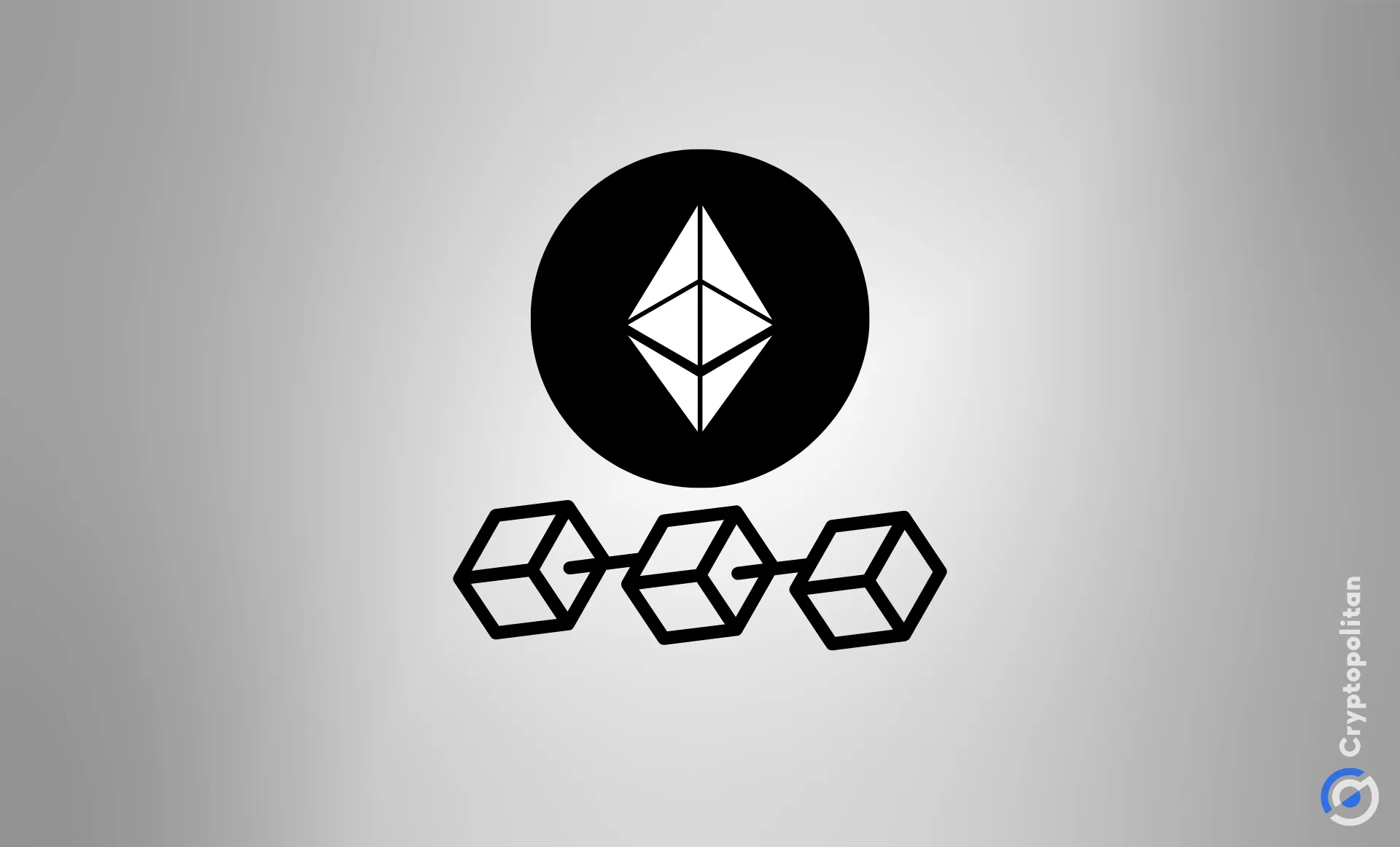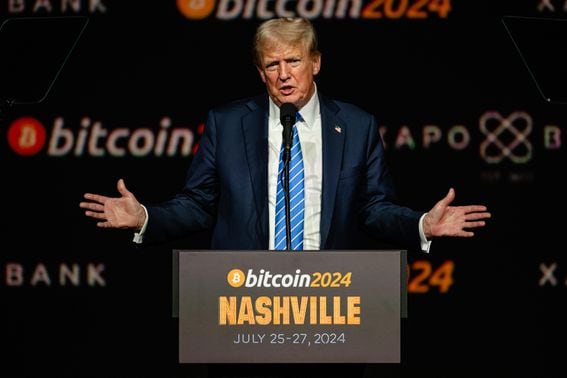Layer 2 chains took up a big part of the Ethereum traffic, alleviating high fees. Those chains are facing another bottleneck – the special space in blocks that has to secure their transaction batches.
Layer 2 (L2) chains are straining the rules of blob space economy. Initially, the expansion of L2 rollups like Optimism and Arbitrum lowered fees on the Ethereum (ETH) network. Those chains still required some block space to secure their transactions.
After batching activities, L2 chains use Ethereum blobs, with an option between zero and six blobs per block. This demand for block space creates a new economy, which may start to feel a strain soon. L2 networks accelerated their activity after the Ethereum Dencun upgrade. Blob space is most useful for optimistic rollups and proposed zero-knowledge (ZK) rollups.
L2 chains became the top fee producers, especially with incentives and airdrop challenges. Top chains may face higher expenses as finding blob space in blocks becomes more competitive. There are suggestions L2 chains may change the posting of their transactions, waiting more before batching to bring down costs.
As the blob market gets saturated I think we see L2s stretch the limits of their posting cadence to save costs.
Withholding, coordinated posting, etc.
Where can I find good docs or accounts on the implications of those behaviors?
Everything I find is too surface level
— BREAD (@0xBreadguy) August 29, 2024
Despite initially low-cost transactions, not all scaling chains are equally successful. Trying to offer high-capacity transactions per second may result in quickly rising blob fees. This puts old and new L2 before a choice of speed versus expenses. Some projects may subsidize their transactions, while others choose to delay verification on the Ethereum mainnet.
Blob space filling up fast
Blob space is filling up with a steady pace, especially in Q2. More than 20% of Ethereum blocks carried the maximum of six blobs. There is still space for improvement, but the blob landscape has changed since the start of 2024.
The usage of blobs also varies by day and activity period, as well as by blockchains. Some trends are only temporary, especially during the hype stages of new competitive chains.
Fees can rise within hours, from zero gWei to $3.70 per blob during busier periods. Blobs are still the cheaper option for securing data on Ethereum compared to calldata, the other method of storing and securing information on the mainnet. Blob fees can still reach zero, while calldata fees rise above $9.40.
When it comes to competition between projects, Arbitrum posts a steady baseline of blobs. High-level traffic comes from two major sources – Base and Taiko, offering the highest transaction speeds. During days of peak activity, unidentified addresses also posted thousands of blobs tied to temporary activity.
Overall, the blob economy becomes unpredictable and can enter a competitive stage, which may raise the need for a different posting schedule.
Taiko chain drives high blob fees
Even one L2 chain can drive up blob fees. Taiko, one of the newer scaling solutions, has been posting blobs aggressively since the market accelerated in May.
One of the reasons for Taiko’s posting schedule is the need to finalize the network’s state faster and prove its position as a scaling solution. Taiko is still only outcompeted by Base, which increased all activity metrics in the summer of 2024.
Until recently, Taiko was also operating at a loss, paying heavily to post blobs even when empty. Despite the subsidies, Taiko still lags behind Base and continues to post empty blobs.
Taiko has shown robust growth in its active daily wallets, while it tries to keep up a prominent social media presence. The chain recently celebrated the first three months of its mainnet, where it aggressively competed with other L2 solutions. In 2024, Taiko also boosted its activity with its high-value airdrop promotion.
The appearance of new L2 networks with a similar approach can start to overload the blob market and lead to sudden fee spikes. L2 are still getting developed, even though several networks have already established leadership by drawing in most of the liquidity, trading and other economic activity.
However, Taiko is also in the incentive stage, subsidizing high-speed transactions with a point farming program. In the coming months, the real potential of the network will become more known as the initial hype wears off.
For now, most of the expenses for blob fees come from the L2 issuer. The Ethereum chain has not benefitted significantly, as the burn rate of fees remains low and inflation has inched up to 0.73%.





